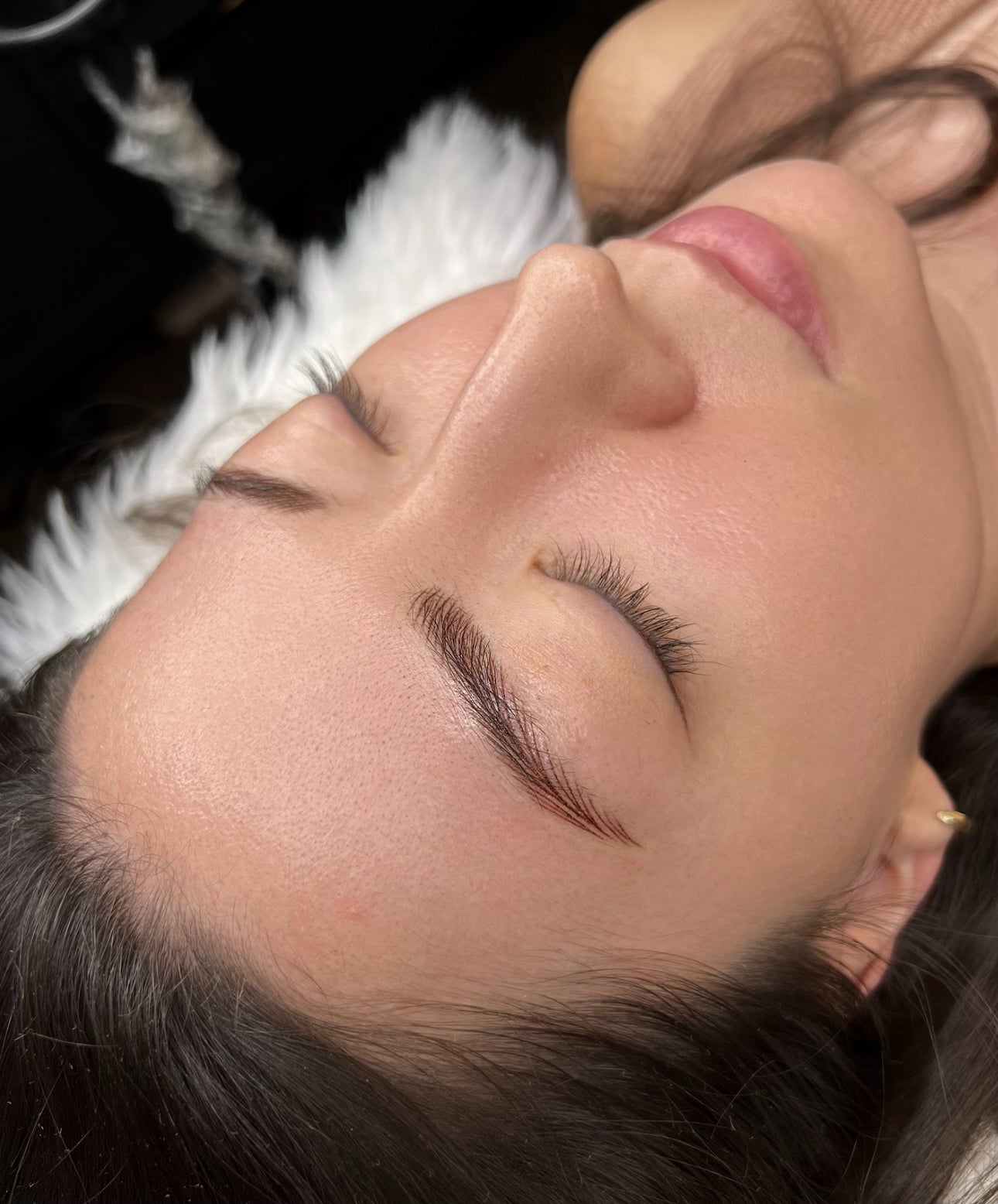In the world of permanent makeup, the choice between organic and inorganic pigments is a crucial decision. Lauren Taylor breaks down the pros and cons of each type of pigment and explains why one might be more beginner-friendly than the other.
1. Inorganic Pigments: Beginner-Friendly
Composition: Inorganic pigments, such as the LI line, are iron oxide-based with larger particle sizes.
Retention: They tend to have less retention once the client is healed, fading out warmer over the years.
Beginner-Friendly: These pigments are considered more suitable for beginners due to their behavior in the skin.
Color Shift: Over time, the black iron oxide in inorganic pigments may break down and turn red, causing the colors to fade out warm.
2. Organic Pigments: Higher Retention
Composition: Organic pigments, like the Loaded line, Permanent Blend line, and Brow Daddy line, have smaller particle sizes and are heavily organic-based.
Retention: Organic pigments tend to have higher retention, holding more of the pigment in the skin.
Color Stability: Unlike inorganic pigments, organic pigments do not shift red over the years but tend to cool.
3. The Science Behind Pigments
Macrophages: The cell responsible for absorbing pigment particles is called the macrophage. It “eats” the pigment and holds it.
Particle Size Matters: Inorganic pigments have larger particles, so macrophages can only consume part of them, leading to less retention. Organic pigments, with smaller particles, are almost entirely consumed by macrophages, leading to higher retention.
Color Behavior: Inorganic pigments tend to get warmer over time, while organic pigments tend to cool.
4. How to Check Pigment Components
You can check the components of pigments by the CI number available for every color and pigment bottle. Simply copy the CI number into a web browser to find out if it’s carbon-based, iron oxide-based, etc.









Share: